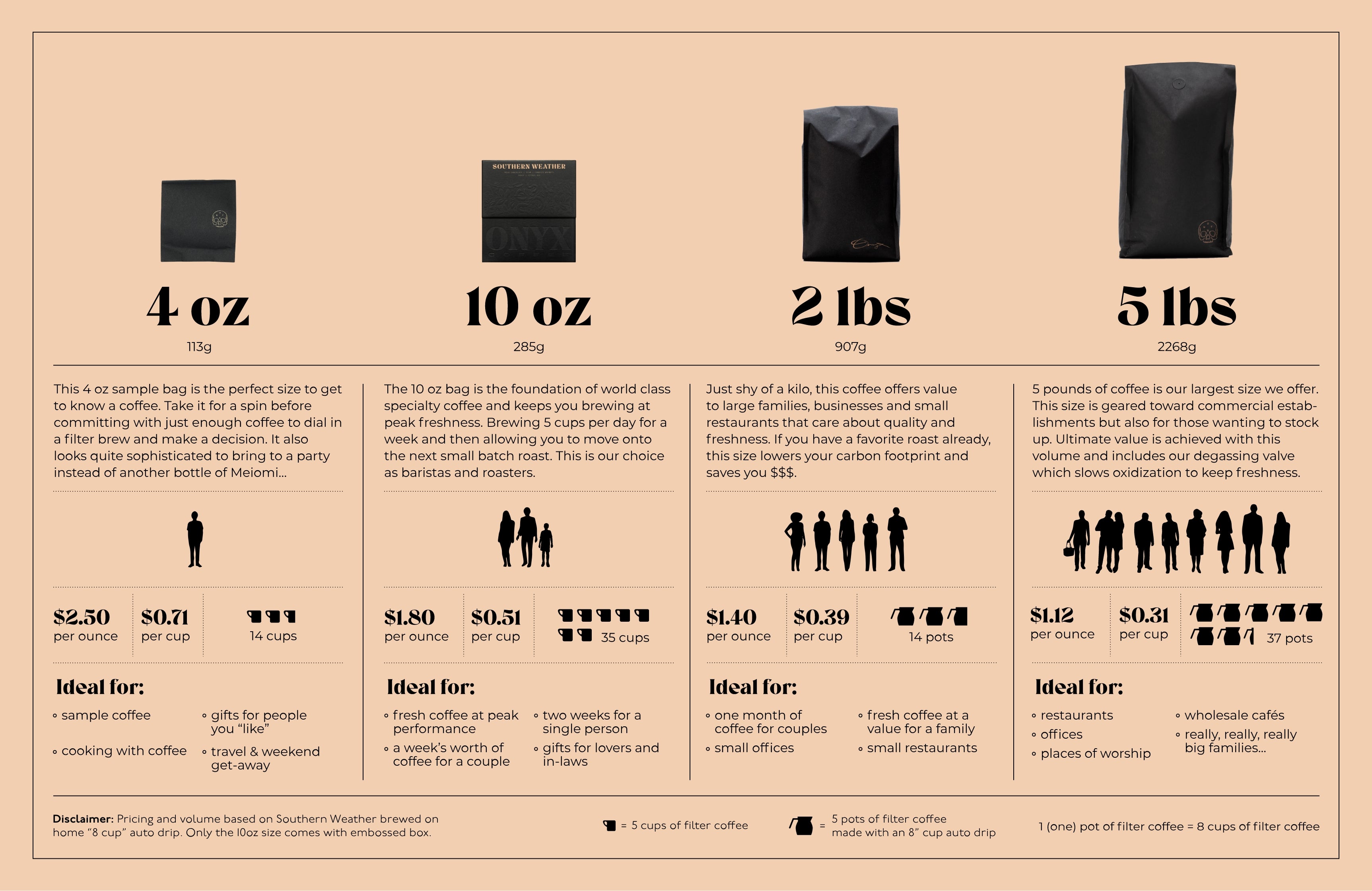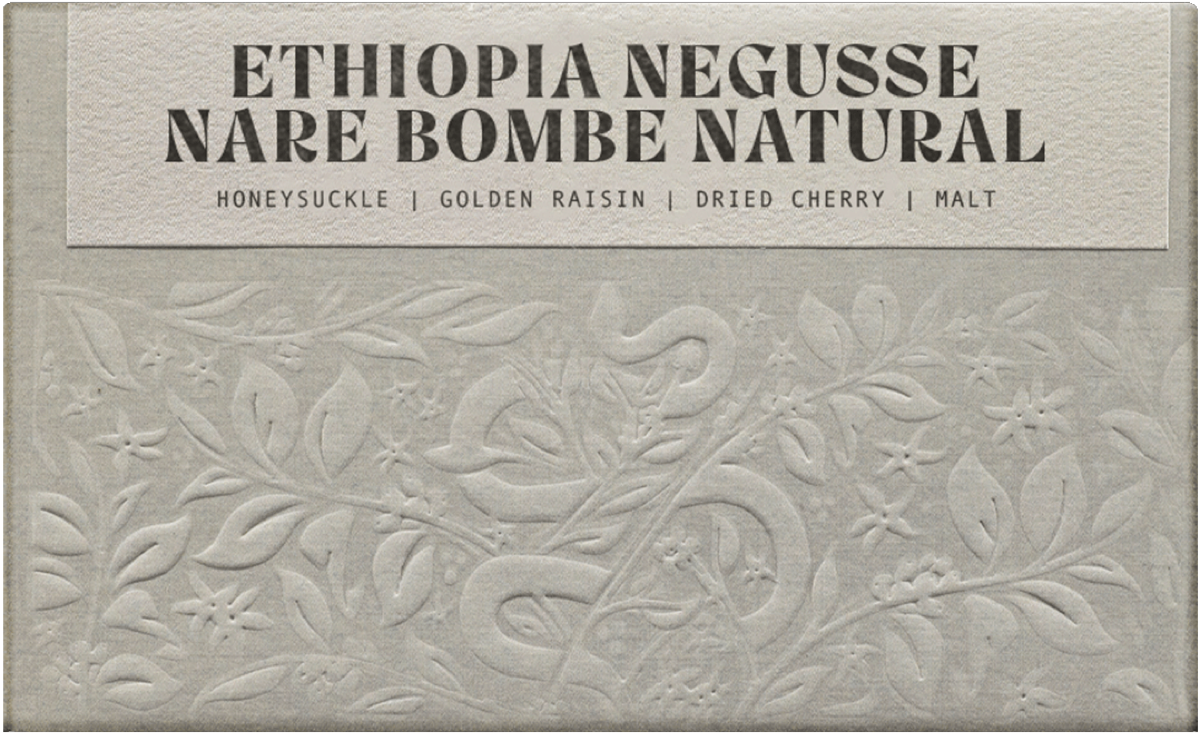Story
Negusse Nare by Catalyst Trade
In 2014, we began working with Asnake Bekele. Now, you might recognize Asnake because of his signature modest, gold-toothed grin—but you might not know that he is single-handedly responsible for us all having the privilege of drinking (importing, roasting, serving) quality natural-processed Sidama coffee! Many years ago, when Asnake worked as the manager of the prominent Sidama Coffee Farmer’s Cooperative Union, he presented the idea to
the producers to add raised-bed natural processing to their washed processed coffee. At the time, he was laughed at! But luckily for us all, he persevered, and of course, now we all know the glory of natural-processed Sidama coffee.
While Asnake’s career in Ethiopian coffee has spanned many high points, we’ve had the privilege of partnering with him on a number of projects which included groundbreaking processing work in Kochere and Gelana Abaya (together we introduced honey processing) as well as on a researched article which directly resulted in over $8 million USD being invested by the Ethiopian government into the Gedeo Zone to repair dozens of washing stations damaged in the 2017 riots. He also helped us organize several producer groups in various parts of Ethiopia as well as served as an incredibly wise Ethiopian coffee expert and resource to us. When he began his latest endeavor—partnering with outstanding Sidama single producers such as Negusse Nare—we were on board from the first moment, and in fact, we have the privilege of being his very first collaborative partner and of building this program with him.
Negusse Nare is part of the producing group Asnake and his partner Aklilu Admassu has vertically integrated with. He’s focused on quality and on advancing the future of traceable, single-producer Ethiopian coffee. In a recent event co-hosted by Asnake’s company and Catalyst Trade, Negusse spent two days with us learning details of advanced processing, financial management, and many other aspects of successful coffee production before taking to a boat to enjoy the bright sun and the hippo sightings on the Great Rift Valley Lake of Hawassa, where we held the retreat.
Asnake shares that on Negusse’s farm, “Red Cherries are harvested by hand-picking. This is very labor-intensive, and around 75 seasonal and daily laborers are employed for selective harvesting, transporting, sorting, and drying. Pickers many a time have to return to the same tree multiple times as coffee cherry doesn’t ripen all at the same time. Carefully harvested cherries are then are loaded into bags or baskets and taken to the drying location. The cherries are spread out in thin layers to dry in the sun. Only special raised drying beds or tables, which are made out of wood posts, are used and covered in a bamboo mat. In order to ensure even drying and to avoid mold, fermentation, or rotting, the cherries are turned 6 times per day. It could take 15 – 21 days for specific lots to reach optimum moisture content depending on the sun access and temperature. This is determined by observing the brightness of the skin and cracking sample dried cherries by teeth. When the drying is complete, the dried cherries are loaded into poly bags and stored in a temporary warehouse. It will then ultimately be transported to the dry mill and warehouse located at Daye town.” At that point, the dried cherry is removed and a phase of pre-cleaning is done by hand before the coffee is loaded into bags for transportation to Addis Ababa for further export preparation at the final dry mill.
Naturally Processed Coffees
Natural coffees are beautiful... Okay, natural coffees are beautiful when done properly, but can be equally terrible when things go wrong. Natural processing, or dry processing, refers to the act of drying and fermenting coffee inside the cherry. Long before the age of portafilter tattoos and dual-boiler home espresso machines, coffee was picked and dried this way out of convenience. It is, to this day, still the most convenient and economically friendly way to process coffee cherries. (It’s estimated that dry-processing can use up to 90% less water than the washing process.) So why isn’t all coffee processed this way? Well, as coffee made its way across the world, it was commoditized and standardized, just like all other products spread by colonialism, but that’s a whole other story... Adding to the boom of washed processing, the natural process method can be tricky to get right, due to the delicate nature of fermentation and drying. What does all this have to do with the final cup? Well, when you leave the skin and fruit of the coffee cherry on the seed throughout fermentation and drying, that fruit begins to break down, imparting esters that impart delicate florals and big fruit notes into the seed that survive the roasting process. If it’s rushed or handled incorrectly, this fruit rot can lend off-flavors to the coffee, making the final cup dirty or ‘fermenty.’ Basically, that single cherry begins to slowly decay, and controlling that delicate action through advanced technique and metrics allow us, lucky folks, to drink wonderfully floral and fruity coffees. We have long promoted natural processed coffees, and this Ethiopia Gedeb Beriti is just one of the reasons we do.



